Intel’s 15th Gen Arrow Lake-S processors have been spotted in the Graphics CI system which tests future hardware for Linux. Two high-end CPUs have been spotted in the repository. These would have likely been called the Core i9-15900K and the Core i7-15700K. However, following the updated branding, these chips will likely fall in the Core Ultra 7 & 9 (Series 2) stack.
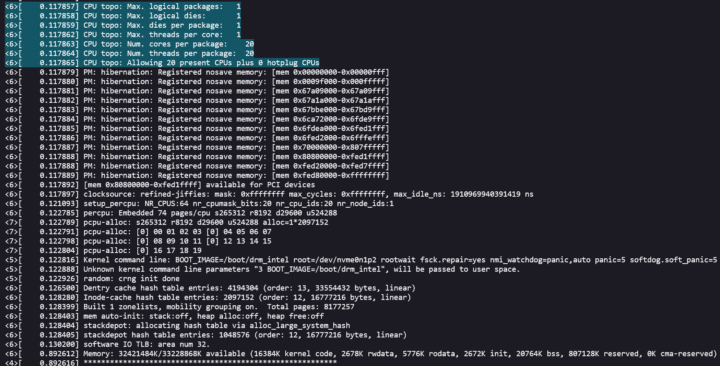
The Intel Core i7-15700K or the Core Ultra 7 features 20 cores and 20 threads (same as the 14700K). This implies the lack of hyper-threading (here’s why) on a CPU tile consisting of 8 P-cores and 12 E-cores. The cores are clocked at a base frequency of 2.3 GHz (likely the E-cores). A few things of note include missing AVX-512 support, Spectre V1, V2, and Speculative Store Bypass Mitigations. The latter is known to hurt performance. On the I/O side, several USB 4 and USB 3 ports are also mentioned.
<6>[ 0.931393] Spectre V1 : Mitigation: usercopy/swapgs barriers and __user pointer sanitization <6>[ 0.931408] Spectre V2 : Mitigation: Enhanced / Automatic IBRS <6>[ 0.931418] Spectre V2 : Spectre v2 / SpectreRSB mitigation: Filling RSB on context switch <6>[ 0.931433] Spectre V2 : mitigation: Enabling conditional Indirect Branch Prediction Barrier <6>[ 0.931447] Speculative Store Bypass: Mitigation: Speculative Store Bypass disabled via prctl
The Core i9-15900K or the Core Ultra 9 consists of 24 cores and 24 threads (same as the 14900K minus hyper-threading). We’re looking at 8 P-cores and 16 E-cores based on the Lion Cove and Skymont architectures, respectively. The CPU has a base clock of 3GHz and is paired with 32GB of DDR5 memory.
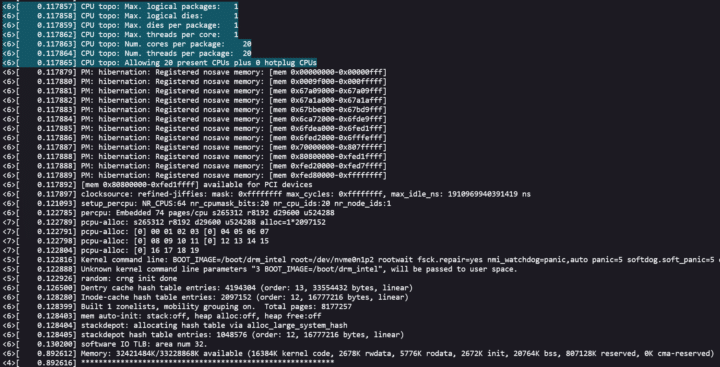
The CPU tiles of Arrow Lake were thought to be an Intel 20A product. However, recent rumors claim that the high-end desktop and all the mobile dies will be fabbed on the TSMC N3B (3nm) process. Only a few lower-end 6+8 dies will be based on the Intel 20A node. The iGPU will be fabbed on TSMC’s 4nm (N4P) process, possibly leaving the IO die (same as Meteor Lake) as the sole Intel tile.
How well do you think contemporary games will run on Arrow Lake? Here are our optimization guides:
Via: Momomo_us.
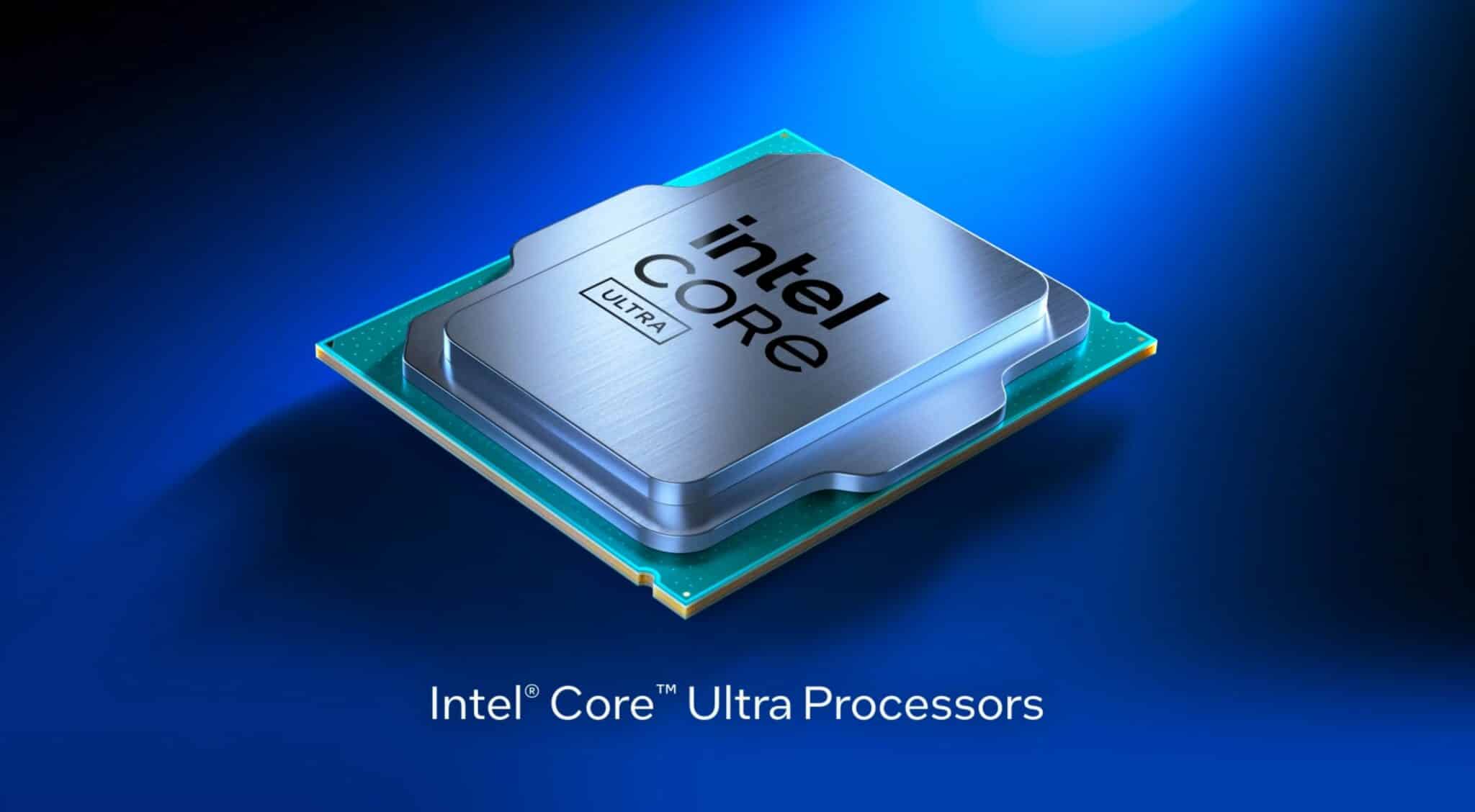
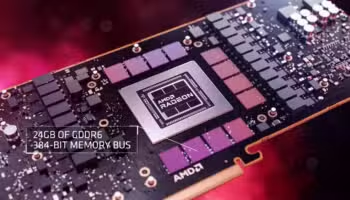 AMD Radeon RX 8900 XTX Specs: 13000+ Cores for the Cancelled RDNA 4 Flagship
AMD Radeon RX 8900 XTX Specs: 13000+ Cores for the Cancelled RDNA 4 Flagship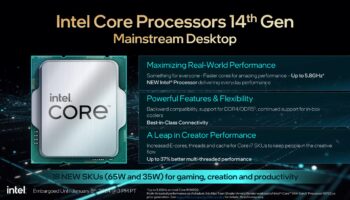 13th Gen i9-13900K is ~30% Slower at Intel Spec than Board Partner “Optimized” Power Limits
13th Gen i9-13900K is ~30% Slower at Intel Spec than Board Partner “Optimized” Power Limits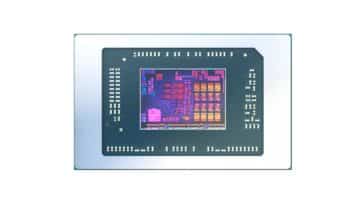 AMD Ryzen 9000 “Strix Point” CPU: Nearly As Fast as Intel’s Core Ultra “Meteor Lake” at 1.4 GHz
AMD Ryzen 9000 “Strix Point” CPU: Nearly As Fast as Intel’s Core Ultra “Meteor Lake” at 1.4 GHz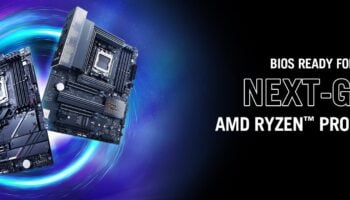 ASUS X670/B650/A620 Motherboards are Ready for AMD’s Ryzen 9000 “Zen 5” CPUs
ASUS X670/B650/A620 Motherboards are Ready for AMD’s Ryzen 9000 “Zen 5” CPUs